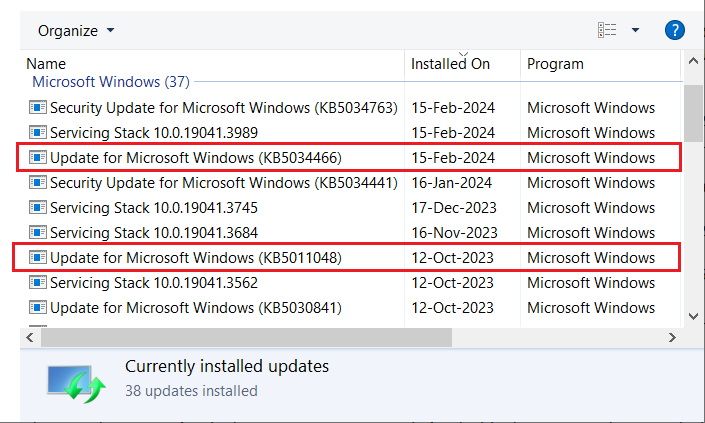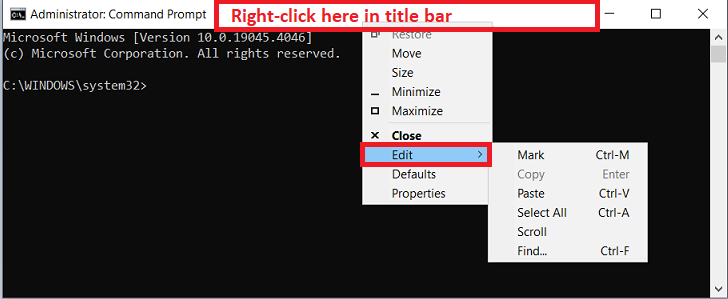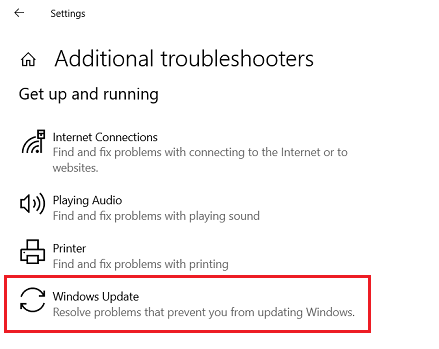ISSUE 21.09.1 • 2024-02-27 By Susan Bradley The February updates have generally been well behaved, with one major exception: gamers. Otherwise, things
[See the full post at: MS-DEFCON 4: A “sort of” quiet February]
Susan Bradley Patch Lady/Prudent patcher















